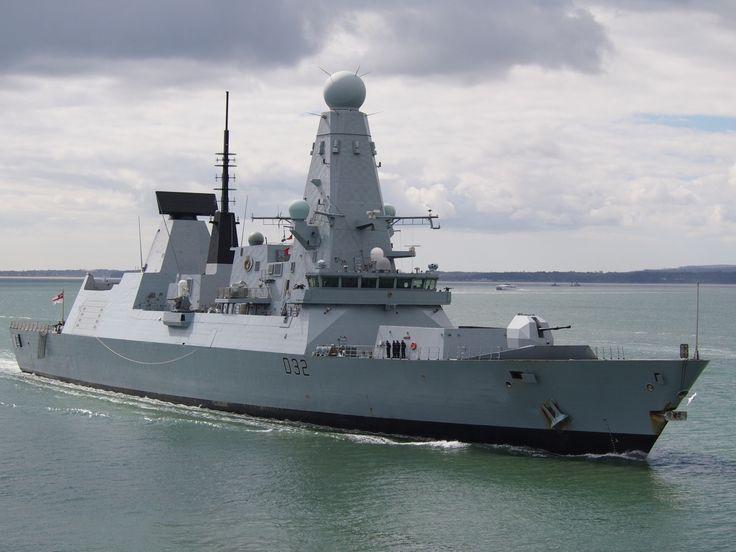July 2025 marks a pivotal moment in Latest US Navy News July 2025, as America’s naval forces surge ahead through innovation, partnerships, and operational readiness. Whether safeguarding alliances in the Indo-Pacific or accelerating modernization efforts, the Navy is navigating seas of change with purpose and precision.
1. Global Integration: Ford Strike Group and NATO Allies Unite
On July 20, 2025, the USS Gerald R. Ford (CVN 78), accompanied by guided-missile destroyers USS Winston S. Churchill (DDG 81) and USS Bainbridge (DDG 96), spearheaded integration with the Italian frigate ITS Spartaco Schergat (F598) in the Mediterranean Sea. This collaborative operation amplified warfighting readiness and showcased allied interoperability amid growing regional tensions. The integration was further fortified when the group transited the Strait of Gibraltar alongside Spain’s ESPS Canarias (F86) and U.S. replenishment ship USNS Supply (T-AOE-6).
2. Indo-Pacific Alliances: Pacific Fleet Engagements in the Philippines
From July 9–11, Adm. Steve Koehler, Commander of the U.S. Pacific Fleet, journeyed to Manila to reaffirm the unwavering U.S.–Philippines alliance. Engaging with high-ranking Philippine military and U.S. officials, he underscored shared priorities like maritime security and humanitarian assistance. The visit concluded with a solemn wreath-laying ceremony and a thought-provoking keynote on defending the rules-based order—a powerful symbol of commitment in uncertain times.
3. Human Cost: USS George Washington Sailor Goes Missing
Amid the Talisman Sabre 25 (TS25) exercise, tragedy struck aboard the USS George Washington. Airman Jose Antonio Rivera Lynch IV disappeared during a routine training operation on July 28 in the Timor Sea. Despite an exhaustive, 45-hour, 2,200 square-mile search conducted in partnership with Australian forces, the search was suspended on July 30. His family, grieving deeply, held a memorial in Florida—challenging the Navy and public to honor his memory.
4. Building the Future: Final Independence-Class LCS Delivered
Naval shipbuilding witnessed a milestone this month. On July 11, 2025, Austal USA formally delivered the final Independence-class Littoral Combat Ship (LCS 38, USS Pierre) to the Navy. This marks the conclusion of the Independence-variant series, totaling 19 vessels—highlighting both industrial productivity and the evolving strategic utility of agile platforms in littoral waters.
5. Fueling Surge: USS Abraham Lincoln’s Accelerated Deployment
In a rapid-response move, the Navy arranged for 1.7 million gallons of JP-5 jet fuel to be loaded onto USS Abraham Lincoln (CVN 72) at San Diego via an urgent contract. This strategic fueling preceded participation in Northern Edge 2025, scheduled in Alaska from August 14–28. The facility and logistical speed indicate the Navy’s commitment to maintaining global operational momentum.
6. Structural Reform: Debates Over Admiral Cuts Amid Shipbuilding Strains
Defense policy is under scrutiny, as proposals emerge to eliminate up to five admiral-level positions overseeing critical commands: Naval Sea, Air, Information Warfare, Facilities Engineering, and Supply. Though aimed at streamlining leadership, critics warn these cuts could cripple the Navy’s ability to address ongoing shipbuilding delays—like those affecting amphibious ships and the USS John F. Kennedy carrier. The debate spotlights the delicate balance between austerity and capability.
Concurrently, during a July 24 Senate hearing, Admiral Daryl Caudle articulated a compelling vision: the Navy must exponentially boost shipbuilding and industrial capacity to meet commitments like AUKUS—particularly the transfer of Virginia-class nuclear submarines to Australia. Current output, he warned, falls far short of what’s required.
7. Enhancing Readiness: Strategic Planning for Conflict with China
With tensions escalating in the Indo-Pacific, Acting CNO Admiral James Kilby unveiled a readiness roadmap aimed at restoring combat-surge capability to 80% by 2027—climbing from today’s 68%. Key priorities include streamlining maintenance, integrating drones, improving training, and responding to the sustained tempo of Middle East deployments that have strained resources.
8. Expanding Roles: Marines Join Naval Anti-Submarine Warfare
Traditionally, anti-submarine warfare (ASW) is the Navy's domain. But on July 2, U.S. Marines launched sonobuoys from MV-22B Ospreys, marking a groundbreaking expansion of Marine capabilities into submarine detection. The tiltrotor Osprey delivered impressive range and endurance—earning praise as a cost-effective and tactical complement to dedicated ASW aircraft like the P-8 Poseidon. This shift underscores the evolving joint doctrine needed to counter high-end threats.
Conclusion: Navigating New Horizons
From tactical alliances and tragedy to strategic restructuring and innovation at sea, Latest US Navy News July 2025 paints a dynamic and multifaceted picture of a Navy adapting in real time. Against a backdrop of mounting threats and geopolitical shifts, the service is doubling down on readiness—through bold partnerships, smarter platforms, and flexible force architectures. As we head into the fall, the Navy’s trajectory remains clear: prepare, modernize, and stay ready.

